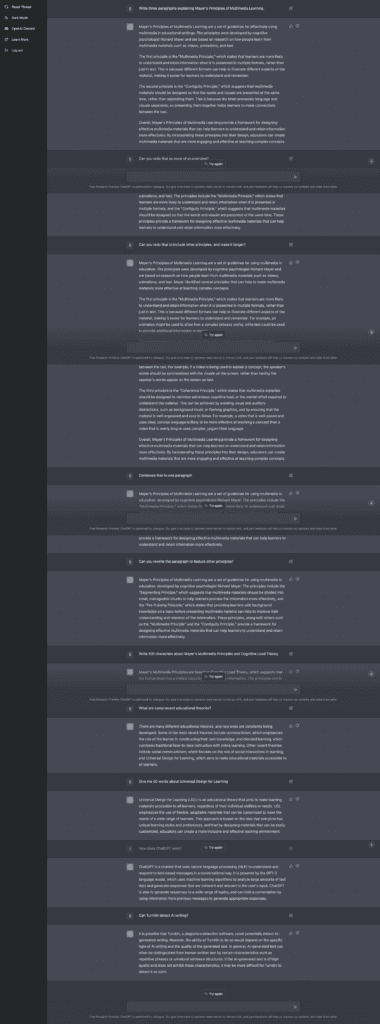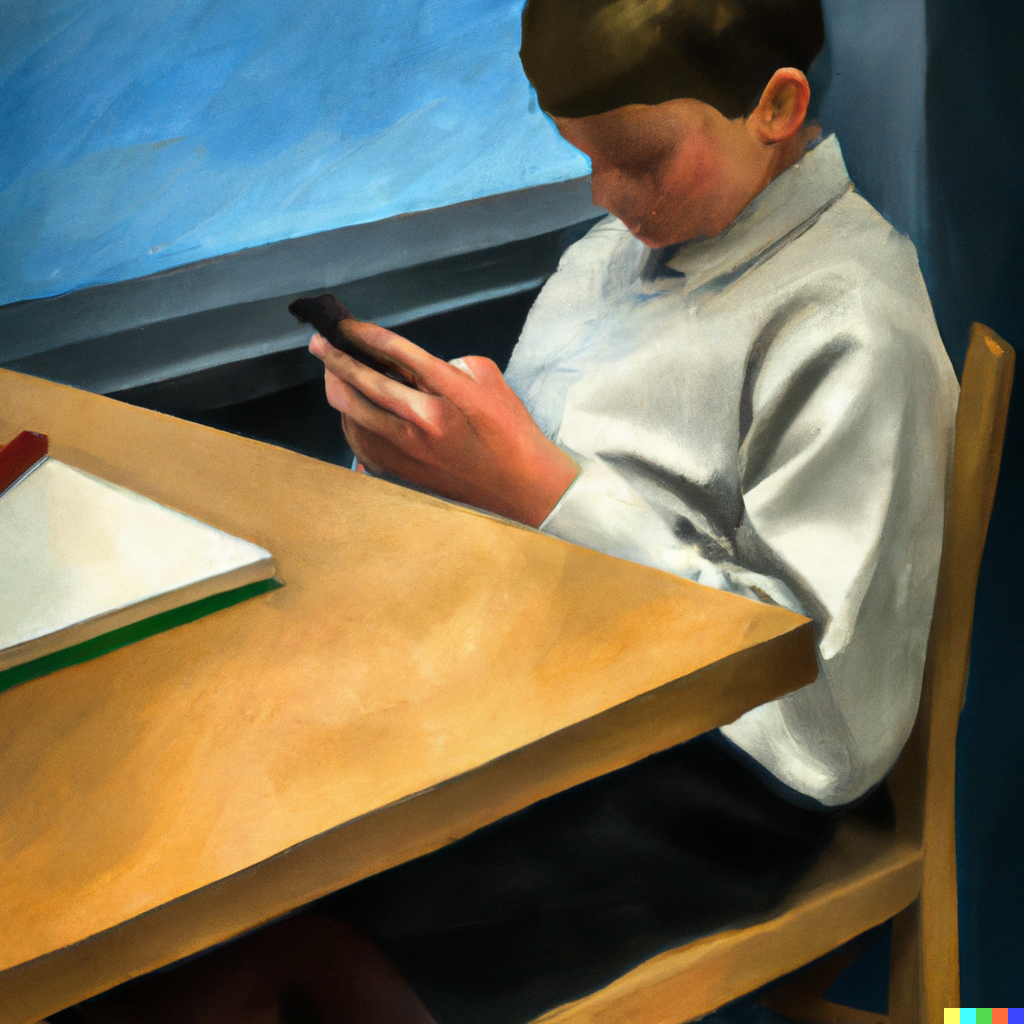Fine, it’s a provocative title. Of course we do.
But here’s a real question for those in a school or professional learning environment: how are you preparing for a world in which AI writing is indistinguishable from human writing, what are you doing regarding AI/ML and evaluating student learning, and how are you considering incorporating AI into student work?
AI is an educational game-changer the likes of which we’ve never seen. There have been plenty of ed-tech changes in the past, but we’re seeing something different this time. Your calculator can’t complete your homework unassisted, but the next generation or two of ChatGPT could be writing full books or movie scripts. In minutes.
It’s a big step up from tools that require human use
to tools that can actually replace humans.
But the need to learn to adopt and incorporate the tool rather than avoid it remains. So does the need to adjust the way we assess students rather than try to hold to the old methods (cheating prevention, etc).
So recently I’ve been playing around with ChatGPT, an implementation of artificial intelligence and machine learning that makes old-school plagiarism checkers obsolete.
ChatGPT is a chatbot that uses natural language processing (NLP) to understand and respond to text-based messages in a conversational way. It is powered by the GPT-3 language model, which uses machine learning algorithms to analyze large amounts of text data and generate responses that are coherent and relevant to the user’s input. ChatGPT is able to generate responses to a wide range of topics, and can hold a conversation by using information from previous messages to generate appropriate responses.
Also: ChatGPT wrote the prior paragraph for me.
It is possible that Turnitin, a plagiarism detection software, could potentially detect AI-generated writing. However, the ability of Turnitin to do so would depend on the specific type of AI writing and the quality of the generated text. In general, AI-generated text can often be distinguished from human-written text by certain characteristics such as repetitive phrases or unnatural sentence structures. If the AI-generated text is of high quality and does not exhibit these characteristics, it may be more difficult for Turnitin to detect it as such.
And that was also written by ChatGPT. (I promise I typed everything else you’re reading!)
I’d wager you didn’t flag the first AI-written paragraph before I came clean. You might not have flagged the second either, even though you knew about the first. So: would you be able to spot this in your students’ writing? Especially if, as I’ve done, they interweave it with their own?
If you know me, you know I’m all about having students demonstrate higher-order thinking once they’ve demonstrated proficiency in the lower orders. My question isn’t akin to the one we’ve all heard, whether students can Google things vs. memorize them (fact: they do need to memorize in order to accomplish higher-order thinking, and if you don’t believe me go check out my podcast episode on this). There’s a massive downside if we shortcut the higher-order thinking process that’s necessary for complex learning and demonstration of understanding.
Where will we leave our future selves if today’s students don’t learn to think without assistance?
So what do we do? A two-pronged educational approach is needed. First, students must learn to think on their own and evaluate the quality of their own thought. This must be done without AI assistance: student writes essay, student evaluates their own writing of said essay, and teacher provides a professional evaluation that the student learns to incorporate into their future work. Cheating prevention as an educational firewall is over (sorry, Turnitin) so the way to ensure the student is complying is through rigorous evaluation of their work, which could mean discussion – sort of a thesis defense. Querying why the student wrote what they did can illuminate whether the student actually did the work. Unfortunately, this could take a lot of time, but the alternative is going back to proctored testing with the students writing on paper. Not the best experience that way either.
Second, students must learn how to incorporate AI into their work. We cannot bury our heads in the sand on this. Technological change is a constant in education and AI is going to be a constant in our future lives.
Students who only learn to produce on their own, without learning how to produce with AI assistance, will be at a huge disadvantage in a world where AI-assisted production is the norm.
So part of the work of a student should be to learn how to produce high-quality AI-assisted work, and our curriculum and evaluation systems must learn to accommodate that.
As educators we must take this two-pronged approach if we hope to produce students who can function in the future world: evaluate student individual thinking, then evaluate AI-assisted student thinking.
I’d love to hear in the comments how you’re addressing this. I guarantee, at minimum, your students already know this technology is out there. What else are you doing to ensure you’re assessing their understanding and not ChatGPT’s?
I’m attaching a PDF with some experiments, the last of which are those two paragraphs I mentioned earlier. You can try ChatGPT at this link. And if you want to dig even deeper, here’s my podcast episode on this very topic.
Side note: the featured image on this post was created by ChatGPT’s cousin, DALL-E. It’s worth checking out too.



Leave a Reply